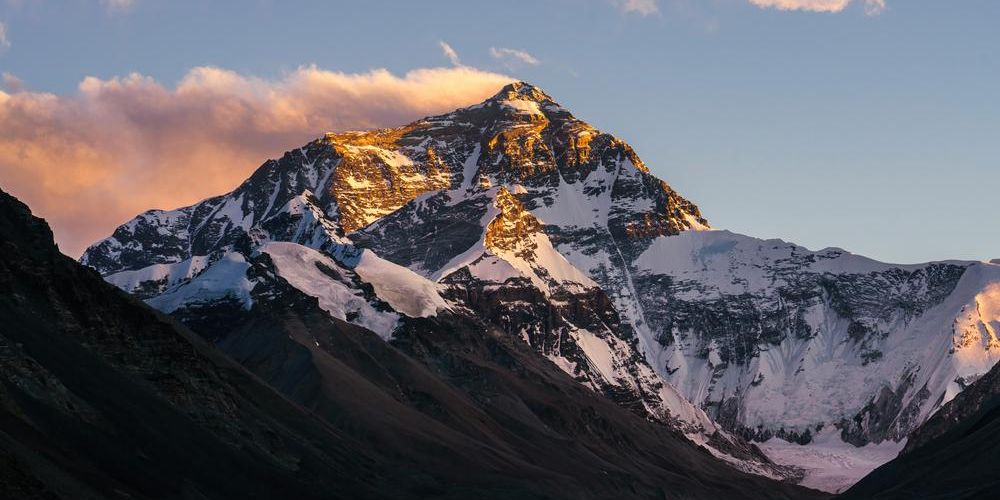At least one person is believed to have died and hundreds are still stranded at high altitudes and amid treacherous conditions.
The snowstorm struck suddenly on Friday evening, coinciding with China’s Golden Week holiday, a peak travel period that drew hundreds of tourists to the Himalayas.
The storm dumped more than a metre of snow on campsites at elevations exceeding 4,900 metres (16,000 feet), collapsing tents and triggering cases of hypothermia among the trapped.
Reports say some 350 hikers have made it to the township of Qudang, while authorities remained in contact with another 200 still awaiting evacuation. The full extent of injuries remains unclear.
Rescue teams, including Tibet’s Firefighting Department and local villagers equipped with horses and oxen, have been deployed to clear snow-blocked paths and guide stranded climbers to safety.
Videos from the scene show long lines of rescuers carving through deep snow in poor visibility.
“The weather this year is not normal,” said Chen Geshuang, a hiker who made it down safely. “The guide said he had never encountered such weather in October. And it happened all too suddenly.”
The blizzard has disrupted what is typically a season of clear skies and stable conditions on Everest. Ticket sales and entry to the Everest Scenic Area have been suspended and authorities are coordinating staged evacuations for those still trapped.
Meanwhile, neighbouring Nepal has been battered by heavy rains, landslides and flash floods, resulting in at least 47 deaths over the same weekend









